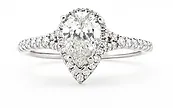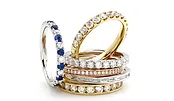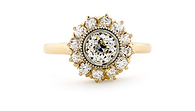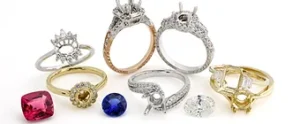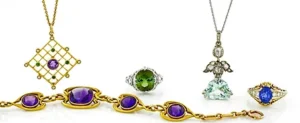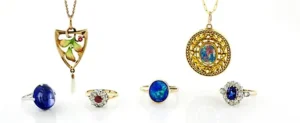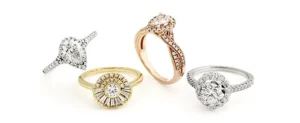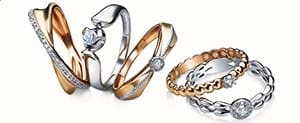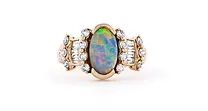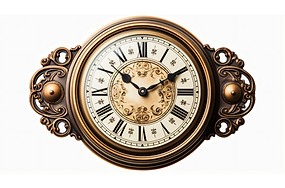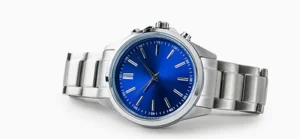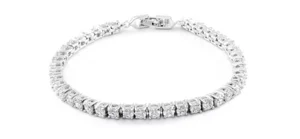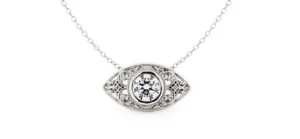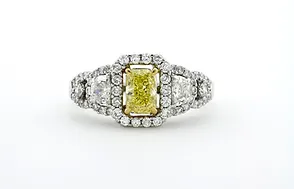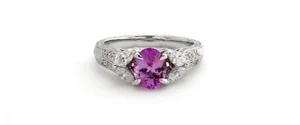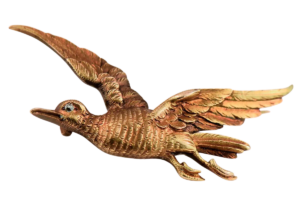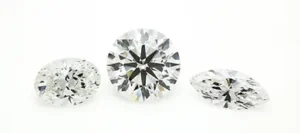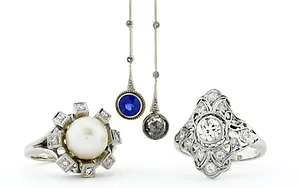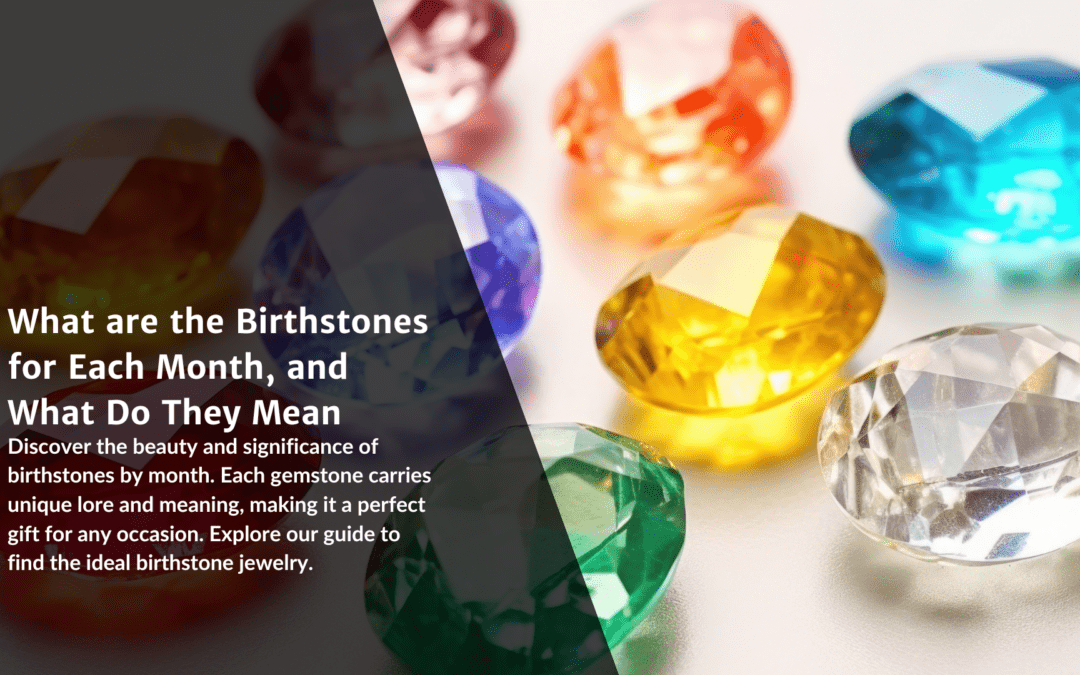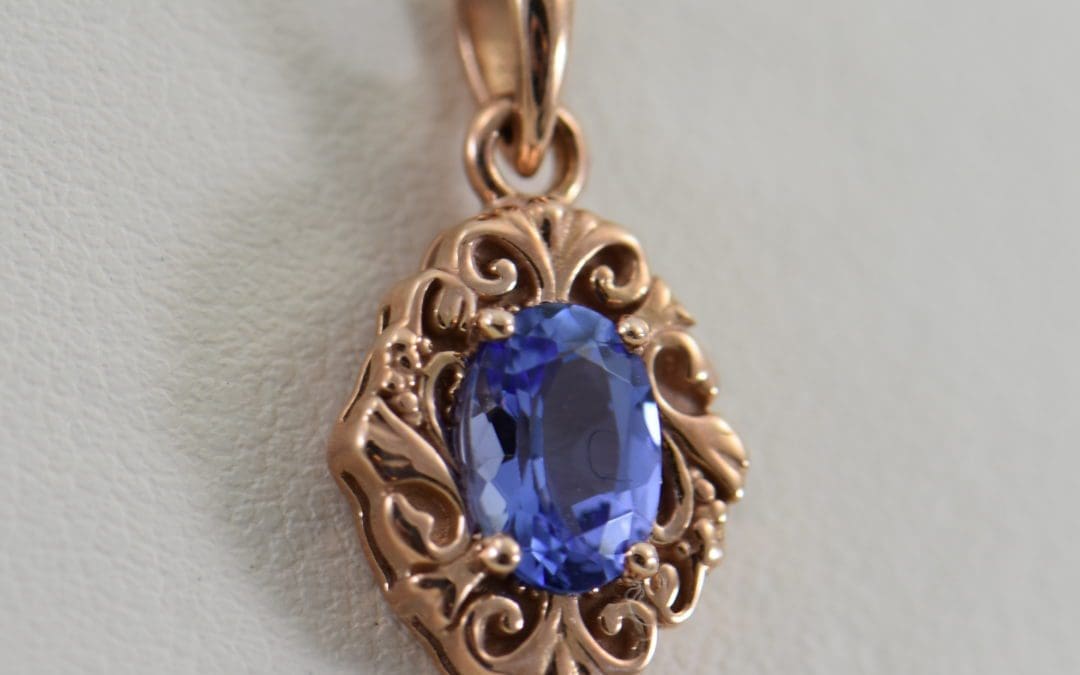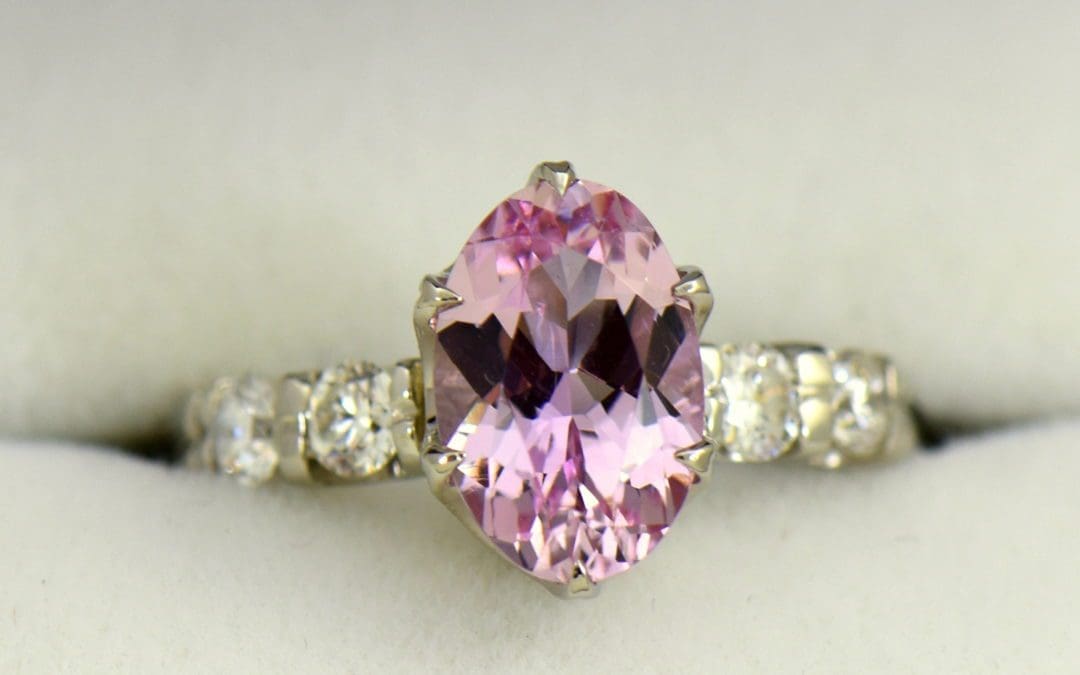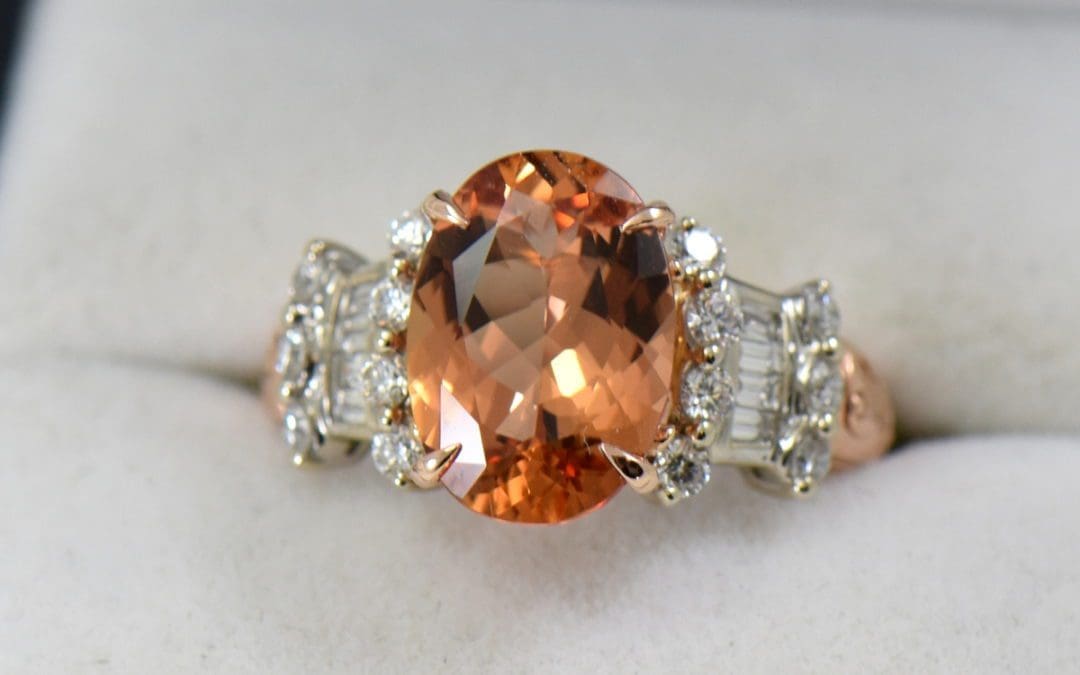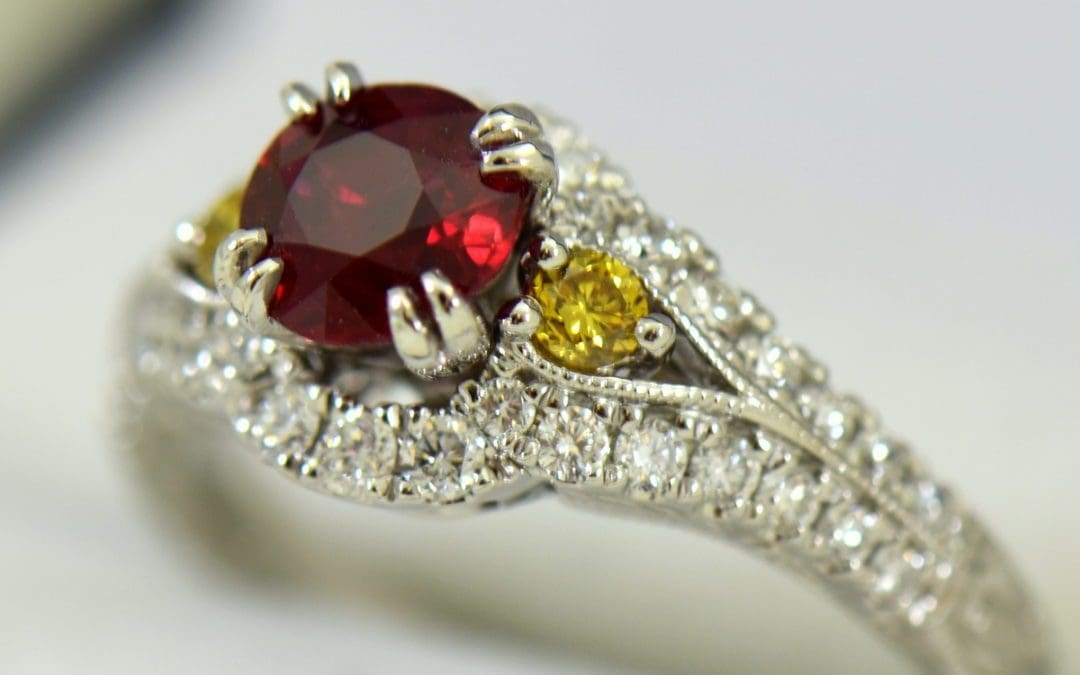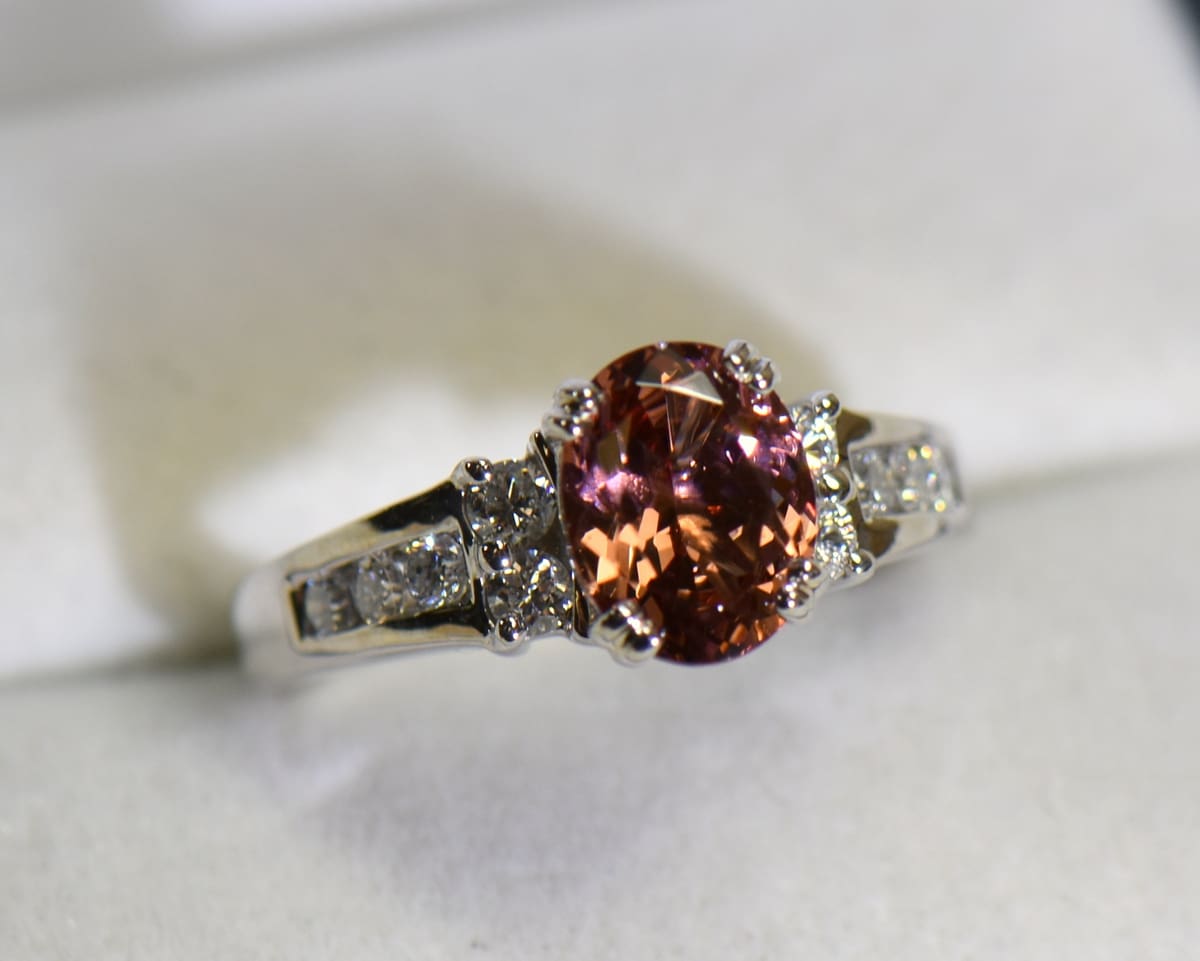
January - Garnet
Primary: Red Garnet (Pyrope and Almandine)
Alternate: Tsavorite (green), Spessartite (orange), Rhodolite (purple), Color Change Garnet, Demantoid (lime green)
Garnets are naturally vibrant, untreated, and known for their superior sparkle more than other gems. While Tsavorite and Demantoid are exceptionally rare, Rhodolite and Pyrope are more affordable. We offer Garnets from global sources, including Idaho and Arizona.
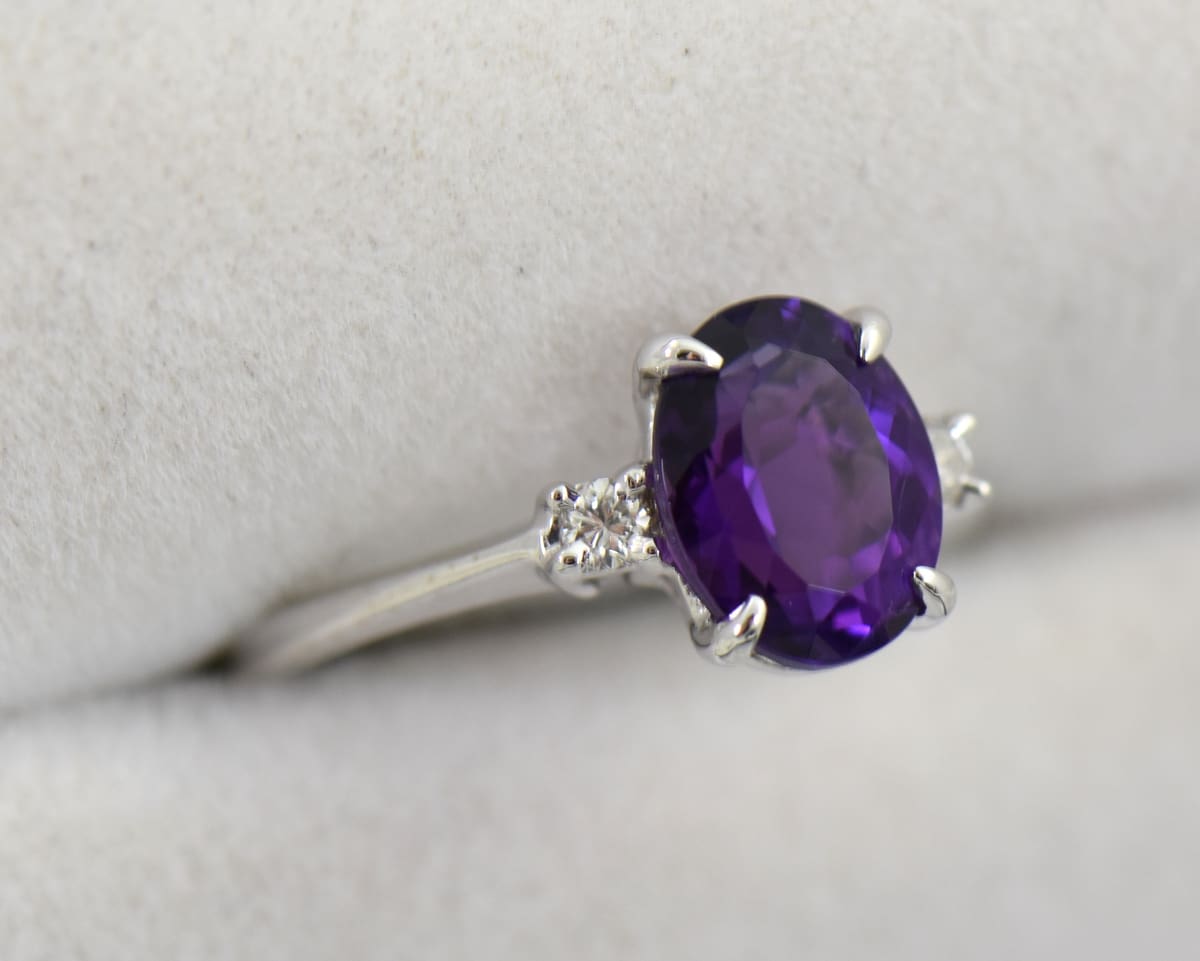
February - Amethyst
Primary: Purple Amethyst
Alternate: Rose de France Amethyst (lilac), Praseolite (green), Ametrine (bicolor)
Amethyst, once prized by bishops and kings, now offers affordable flair. “Siberian amethyst”, with its deep purple hues, is especially treasured with its magical essence. Available worldwide, including from Washington, Georgia, and Arizona.
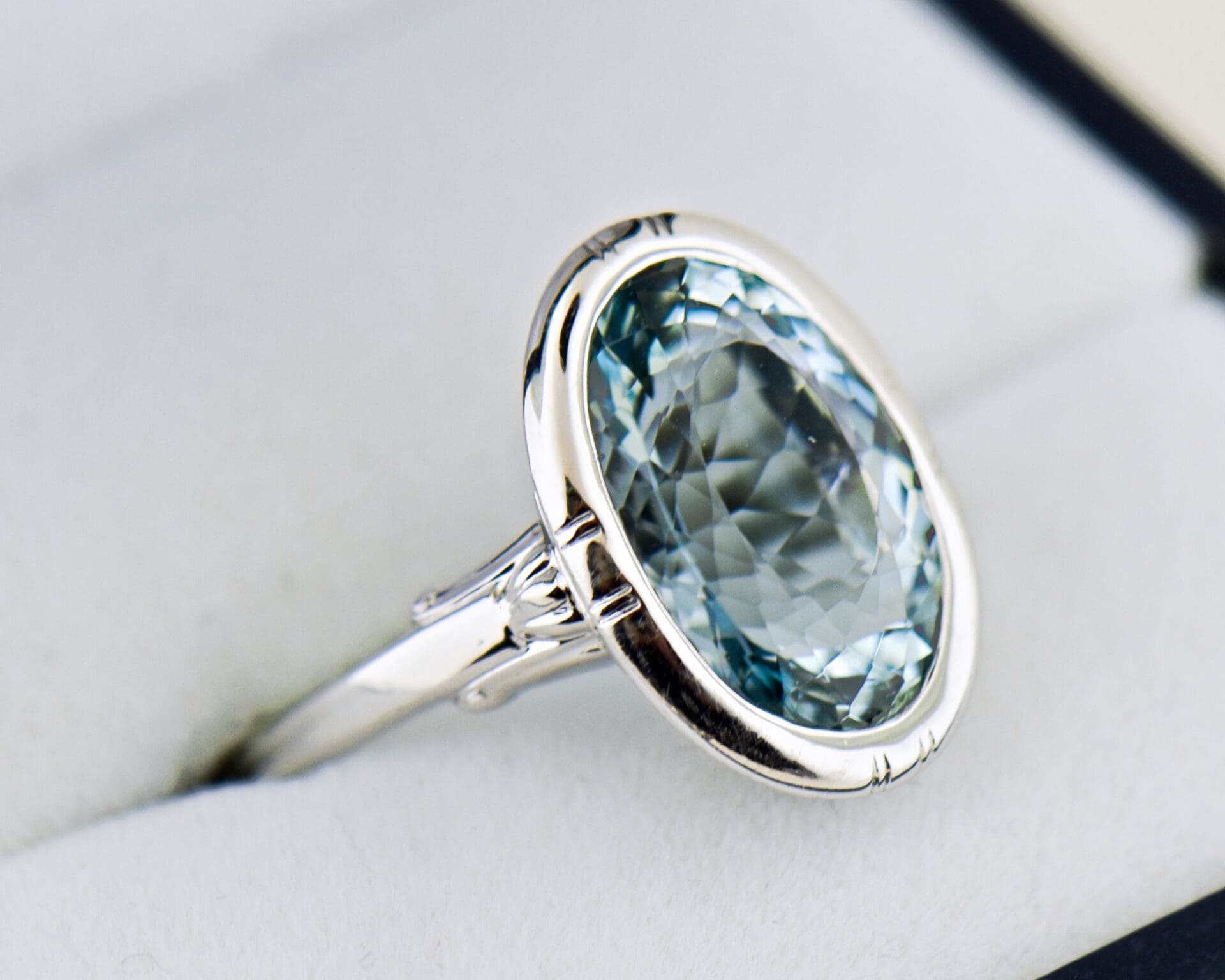
March - Aquamarine
Primary: Aquamarine
Alternate: Bloodstone, Green Jadeite Jade
Aquamarine, often mistaken for blue topaz, has natural hues from light to deep blue. With Aqua, the darker the tone, the better. Originating from Russia and Brazil, most fine gems now come from Africa and Colorado.
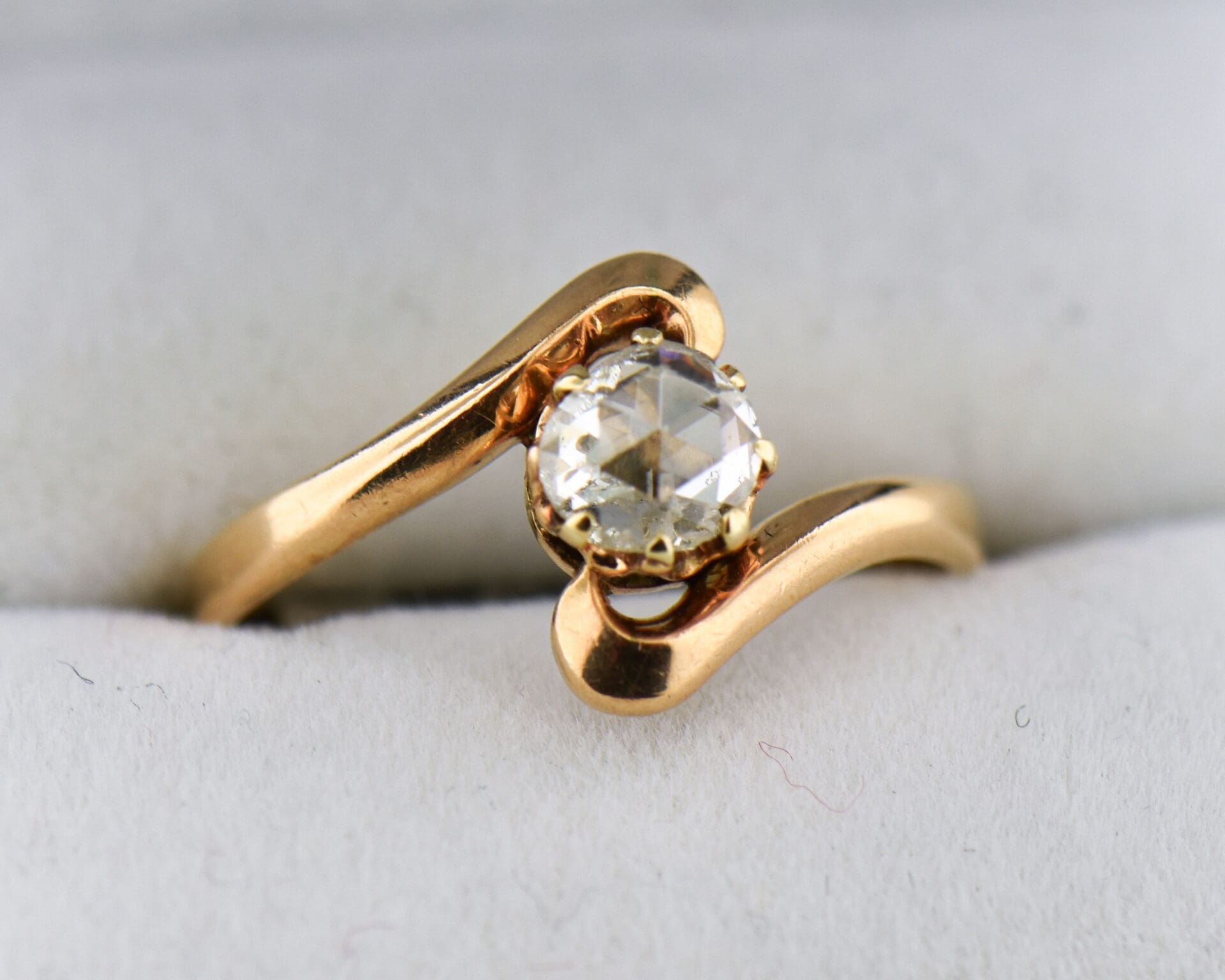
April - Diamond
Primary: Diamond
Alternate: Fancy Colored Diamonds (black, grey, brown, yellow, pink, blue)
Some might think this is the most expensive birthstone, but that's not true! Diamonds, renowned for their sparkle and durability, are perfect for everyday wear. While top-quality Diamonds are rare, more common colors and sizes are affordable.
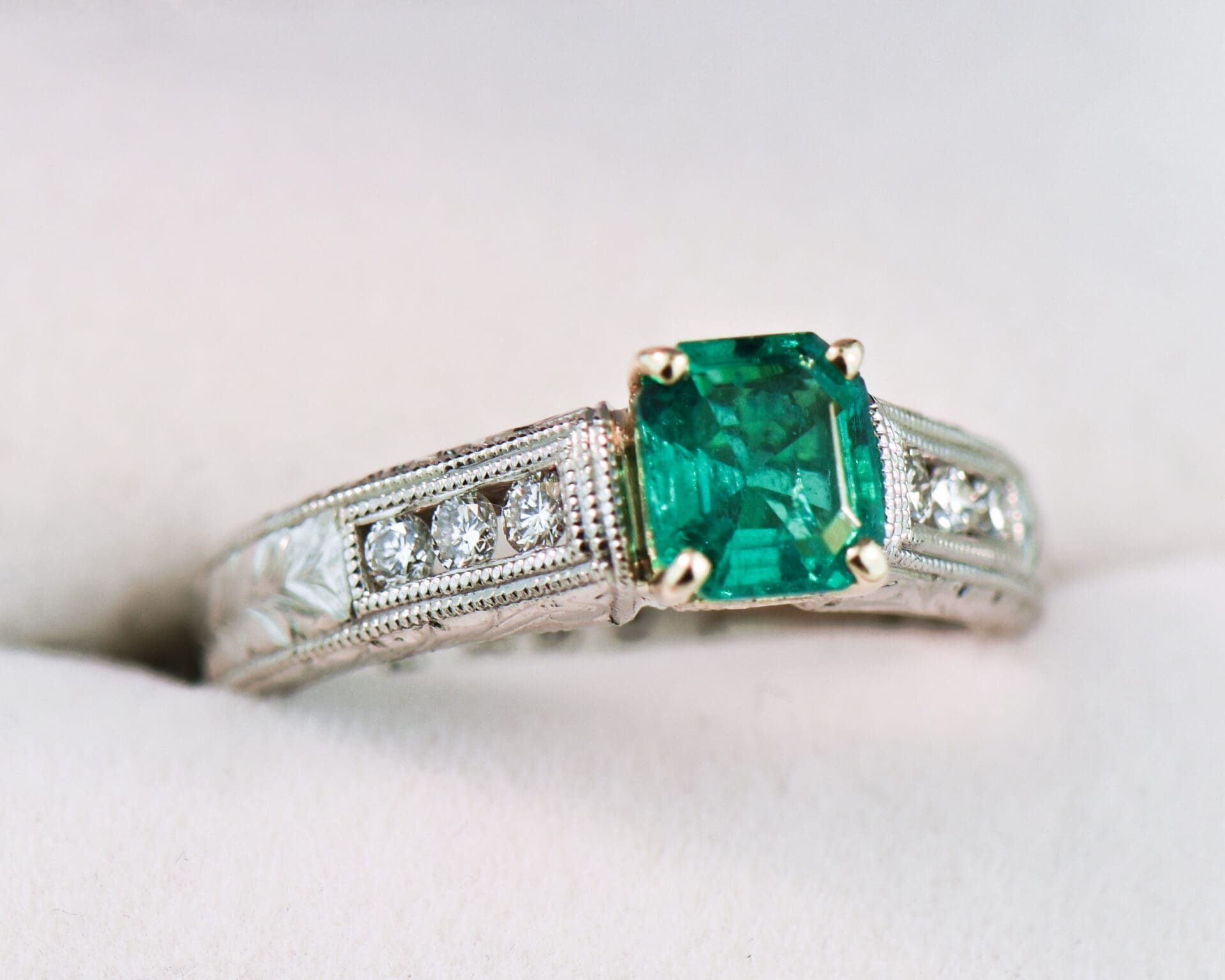
May - Emerald
Primary: Emerald
Alternate: Agates, Chalcedony
Emeralds, known for their rich green color from chromium and vanadium, are rare in fine quality. Sourced from Colombia and Zambia, these durable gems are valued for their depth of color and clarity.
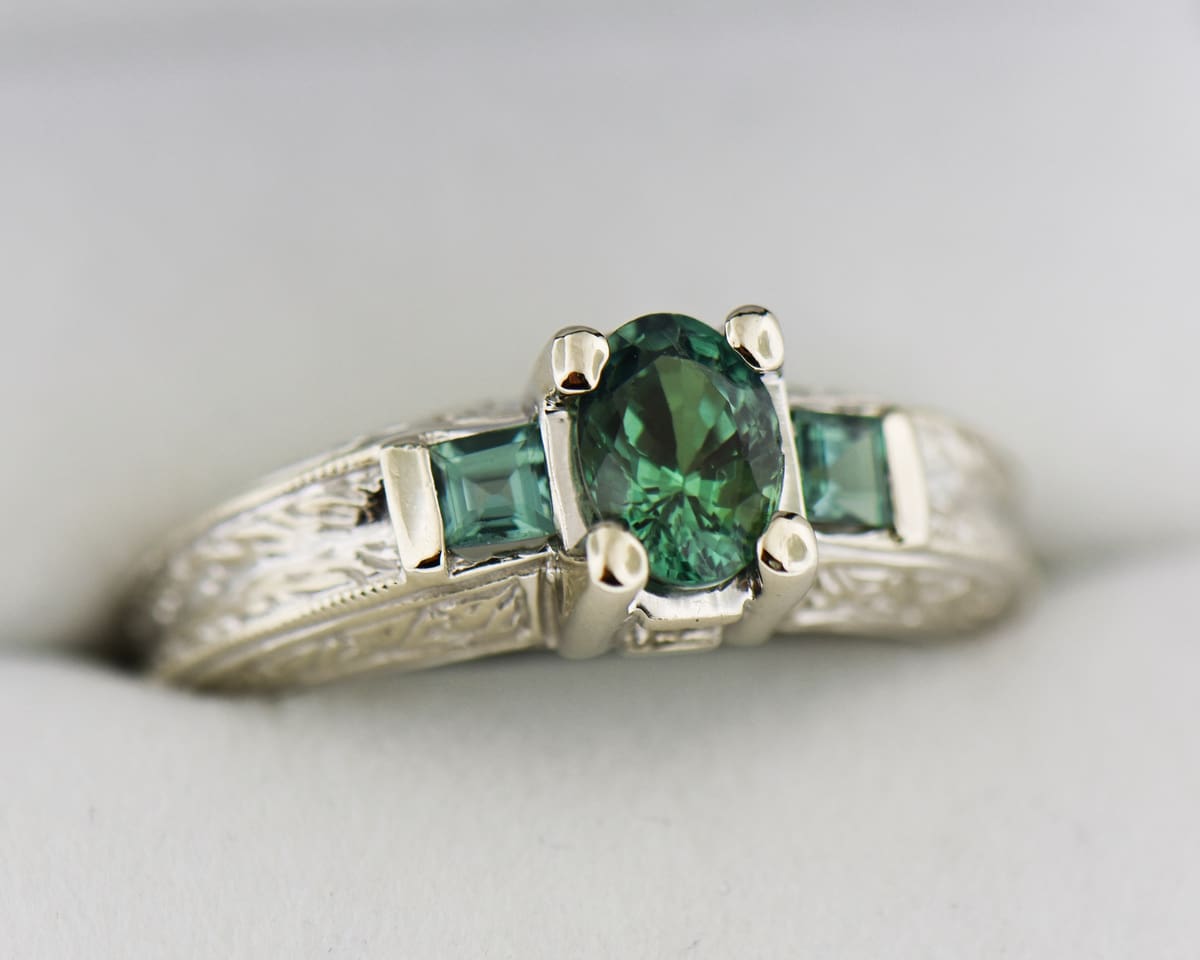
June - Alexandrite
Primary: Alexandrite
Alternate: Pearls (various colors and styles)
Alexandrite, famed for its color change, is one of the rarest birthstones. Named after Tsar Alexander II, who discovered it in Russia 200 years ago. It changes color, and is considered "emerald by day, ruby by night." Even small stones can be beautiful, and very mysterious. Sourced from Brazil, Ceylon, and other locations.
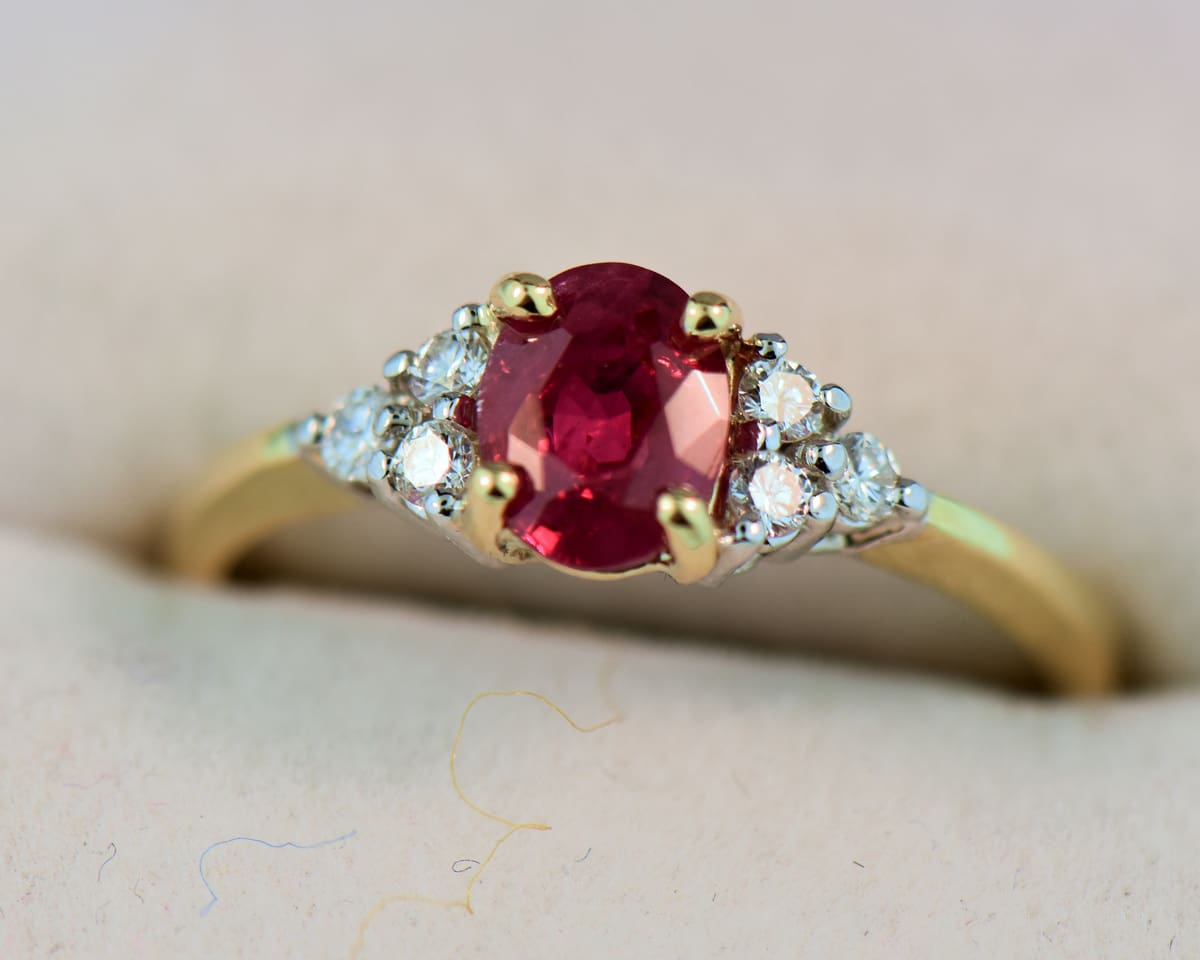
July - Ruby
Primary: Ruby
Alternate: None
Rubies, the "King of Gems," are celebrated for their deep red color. Rubies are an ancient gem and the second rarest gem on this list; their red color comes from chromium and iron impurities, which also limit crystal growth, so rubies never get large- 1ct is a good size, and 2-3ct is rare. Fine rubies are crystal clear, with top-quality stones exhibiting a pure, pigeon's blood-red hue, with little to no pink or orange overtone.
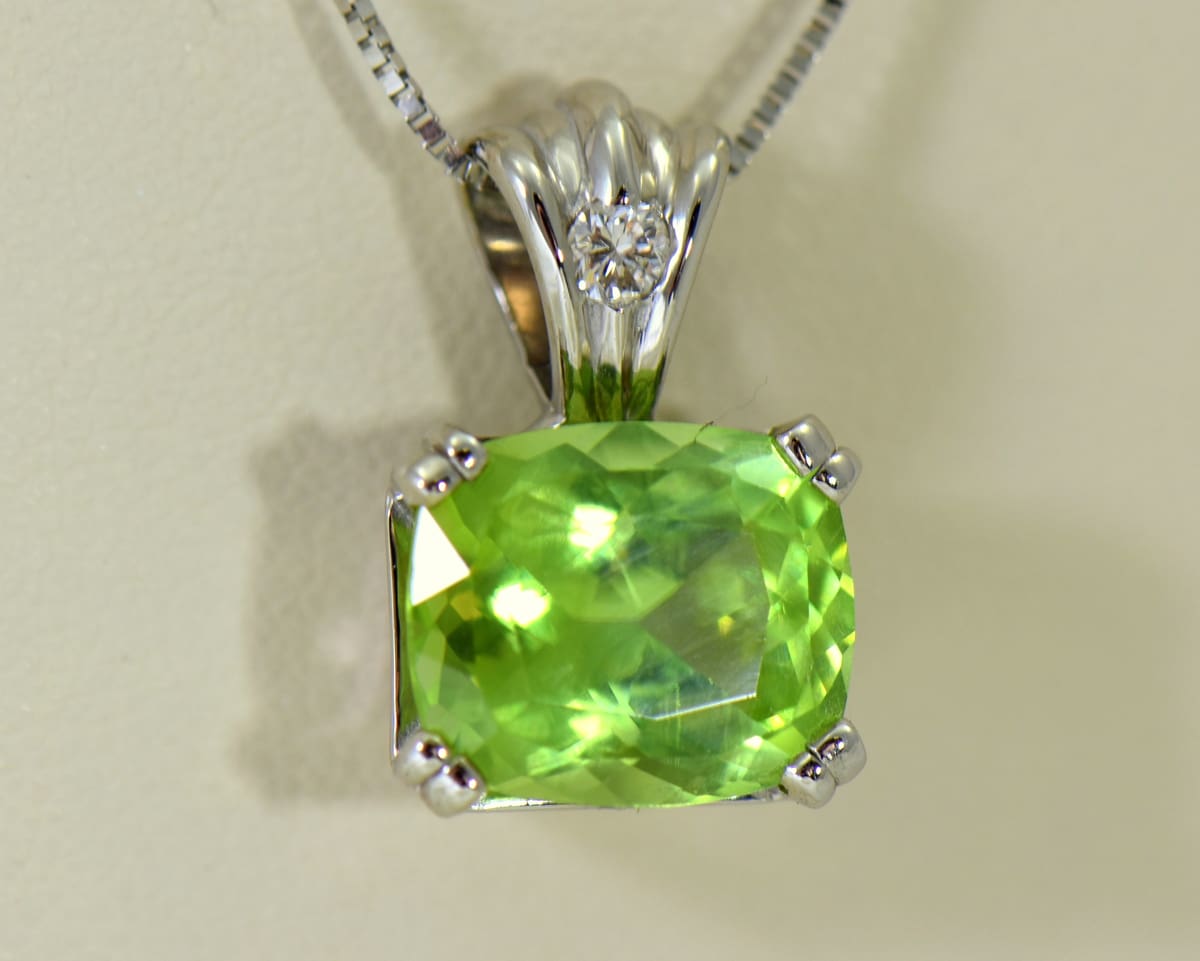
August - Peridot
Primary: Peridot (yellow and green varieties)
Alternate: Spinel (red, blue, pink, purple)
Peridot, Cleopatra’s gem of choice, ranges from chartreuse to emerald-green. Some of the finest gems are mined in the US, in Arizona, and some of our other favorite gems are extraterrestrial, known as "pallasitic peridot" they occur on Meteorites, proof that Peridot has cosmic origins.
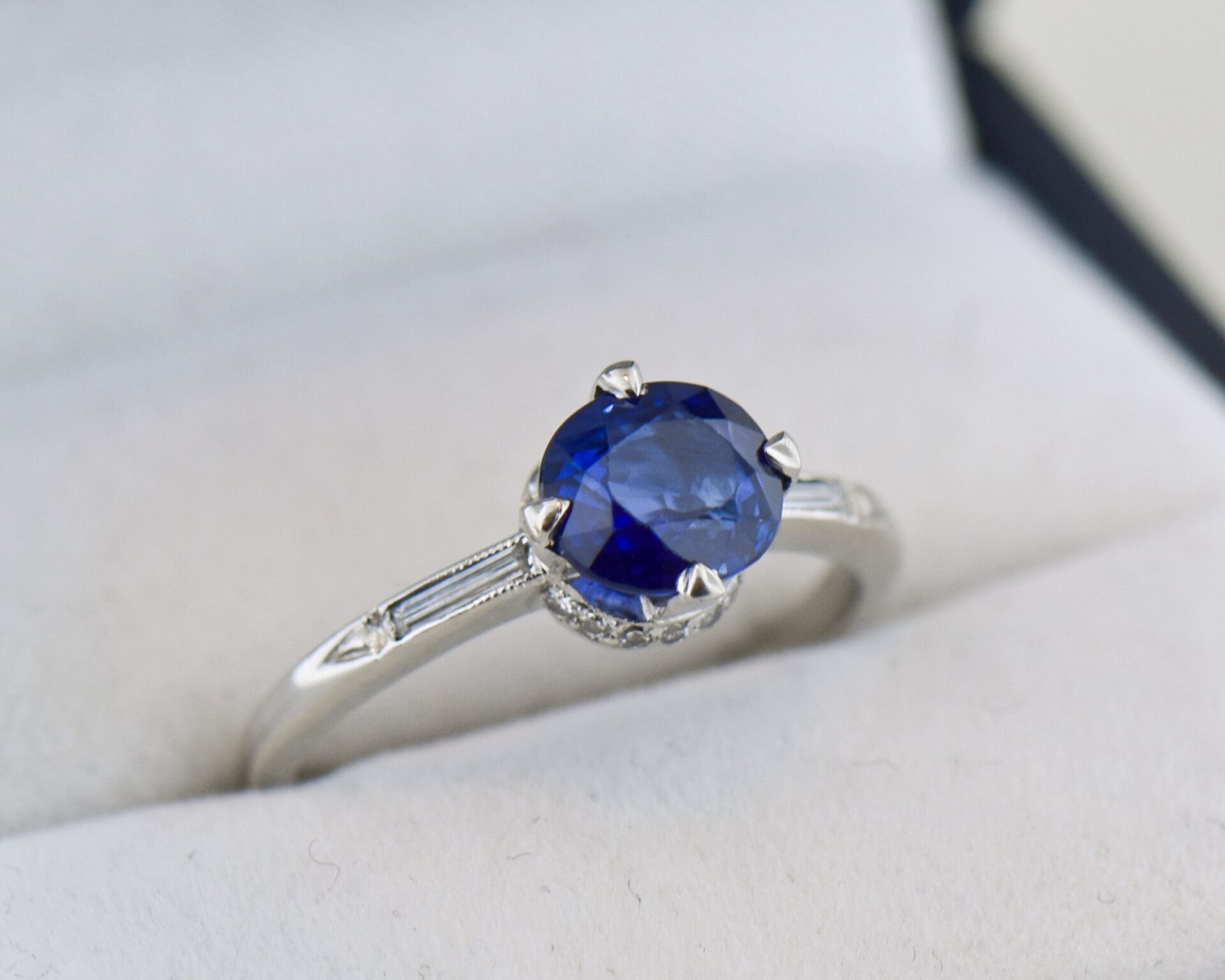
September - Sapphire
Primary: Sapphire
Alternate: None
Sapphires, available in every color, are most prized in royal blue. Sapphires were used in engagement rings for centuries, including by the rich and famous like Princess Diana. While high-quality, large sapphires are expensive, those under 2 carats remain affordable while still making exceptional jewelry. Sourced from Sri Lanka, Madagascar, and Montana, USA.
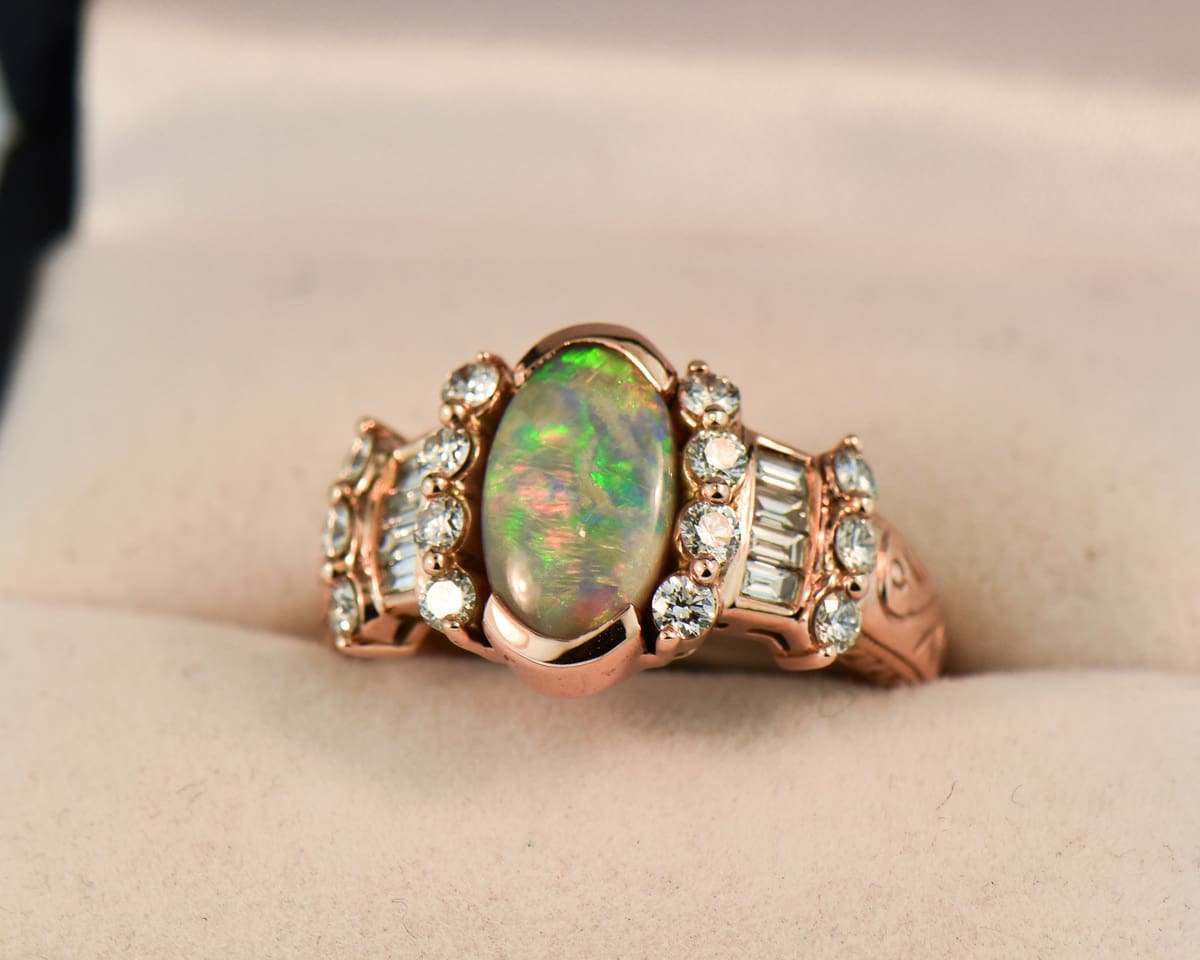
October - Opal
Primary: Opal (white, fire, black)
Alternate: Tourmaline (pink, green, various colors)
Opals, formed when water becomes trapped in silica, are like literal rainbows captured in stone. While their discovery dates back to antiquity, the finest Opals, including the rare "black opals," were unearthed in Australia in the 1870s. Opals derive their names from their base color, with all varieties exhibiting a play of color on top.
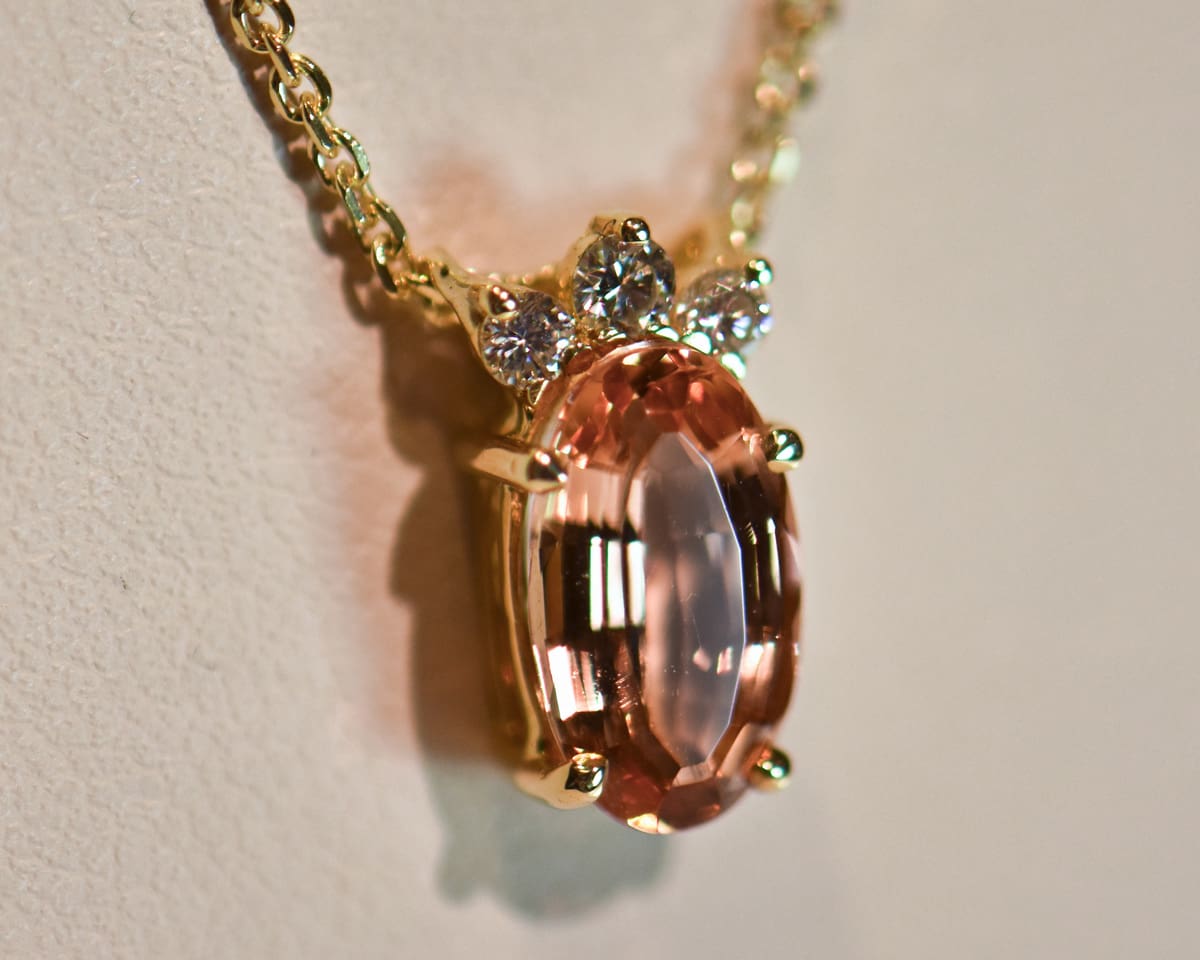
November - Imperial Topaz
Primary: Imperial Topaz (golden orange, peach, pink)
Alternate: Citrine, Blue Topaz
Imperial Topaz, the "Queen of Gems," is noted for its rich colors and pleochroism. Named for its royal reception by European monarchs, Imperial Topaz includes natural shades of Topaz, primarily sourced from Brazil, with hues of orange, peach, pink, and red. These gems are known for their pleochroism, where they sparkle with multiple tones at the same time. Due to their rarity, confusion with citrine is common.
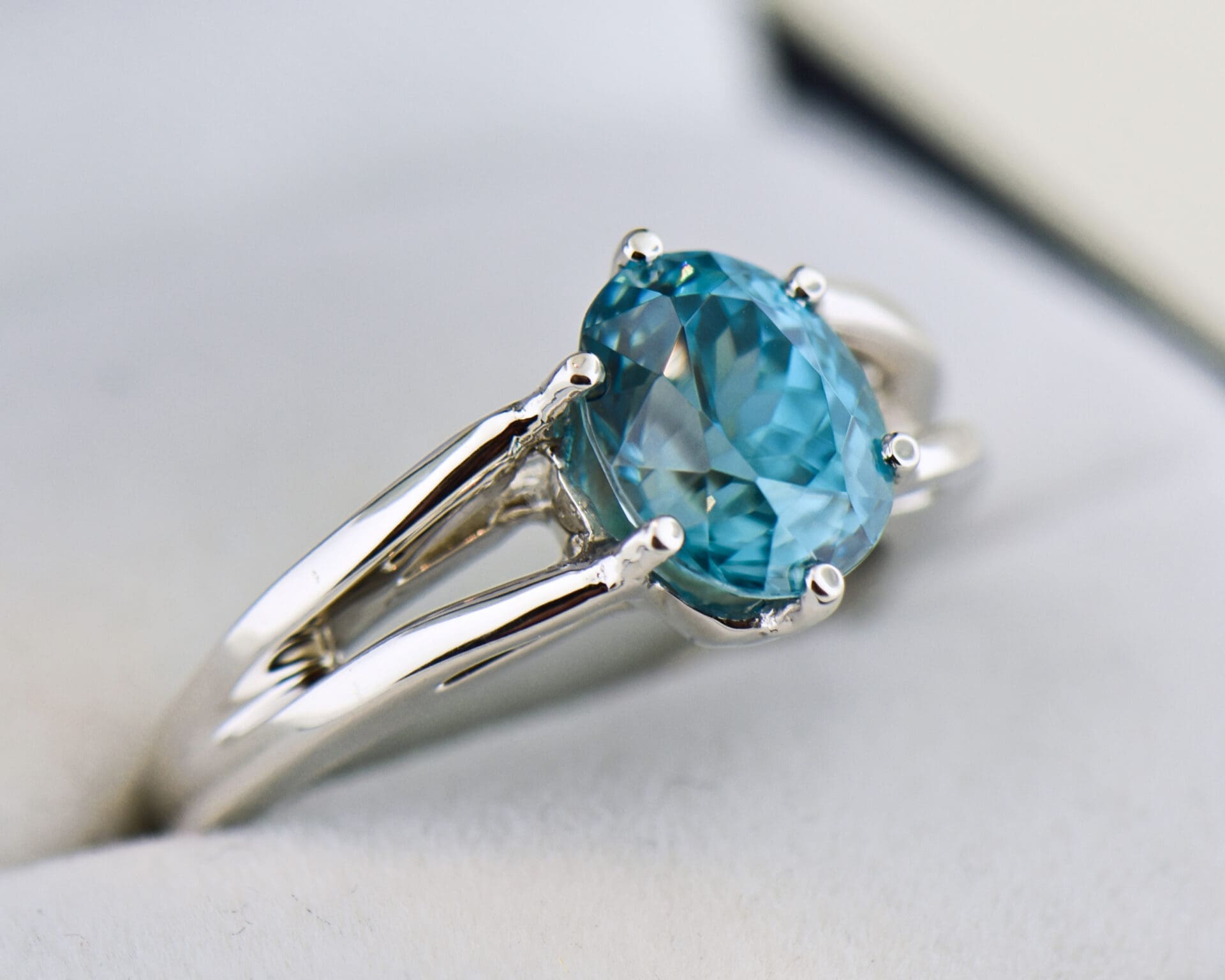
December - Blue Zircon
Primary: Blue Zircon (sky blue, teal)
Alternate: Tanzanite (violet, periwinkle), Blue Topaz
Blue Zircon, the oldest known natural gem, formed more than 3 billion years ago, is prized for its brilliance and historical significance. Primarily sourced from Cambodia, Zircon is the most brilliant gem after a Diamond, outshining others with its stunning hues.
Featured Birthstone Resources
What are the Birthstones for Each Month, and What Do They Mean?
Imagine gifting a gemstone that not only dazzles but also carries a meaningful connection to the recipient\'s birth month. Birthstones have been cherished for centuries, each with its own unique significance and lore. Whether you’re celebrating a milestone or looking for a thoughtful gift, knowing the birthstones by month can…
December Birthstones: Tanzanite Zircon Turquoise
According to the American Gem Society, there are three birthstones that represent the month of December. These birthstones get their origin from different times and places- in India and Iran, Turquoise has been treasured since antiquity and became associated with the Sagittarius astrological sign; in southeast Asia, Zircon has powerful…
Topaz November Birthstone
Topaz is the birthstone for the month of November. Although Topaz is most commonly associated with blue, it is the Precious and Imperial, in yellow and orange to beautiful peach or pink hues, that are the November birthstone: great colors for Fall! Whether you’re looking for a statement piece or…
Opal October Birthstone
Opal is the birthstone for the month of October. An Opal can be white, black or crystalline in base tone, with a captivating play of color over the top. Since Opals contain many colors, they match most items in a clothing wardrobe and become popular everyday items. Thus Opal jewelry…
Sapphire: The September Birthstone
Sapphire is the birthstone for September. Along with Rubies, Sapphires were the gem of choice in engagement and betrothal rings prior to the 1900s. Today, they are our best selling gemstone and are commonly associated with royalty. We make fabulous sapphire pieces: some are encrusted with diamonds for a dressier…
Natural Alexandrite Gemstone Buying Guide
Alexandrite Stone : what to seek in an Alexandrite Ring or Necklace What is Alexandrite? Alexandrite is a rare gemstone in the chrysoberyl family. Alexandrite is noted for changing color! Bluish green or teal in daylight and red or purple by candle or incandescent light, Alexandrite is the most dramatic…
Imperial Topaz Jewelry • Ring • Earrings
Imperial Topaz Jewelry • Topaz Ring • Topaz Gifts What is Imperial Topaz? In general, Topaz is a large gem family most known for yellow gems, or treated blue gems. The terms “imperial topaz” and “precious topaz” are often used to distinguish between true topaz and the more common or…
Ruby Gemstone • Ruby Ring Meaning
Ruby Gemstone • Facts about the elusive natural Ruby Ruby Gemstone: A fine, gem-quality Ruby is second to none in the gemstone world. Rubies are, along with Sapphire, the most durable colored gemstone for ring use, and have been passed down through generations. They combine the inner glow of an…

